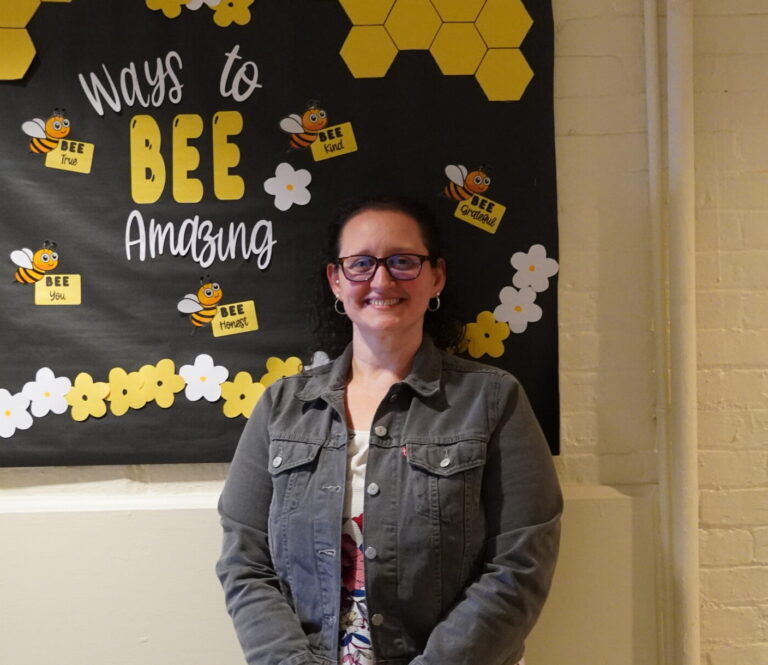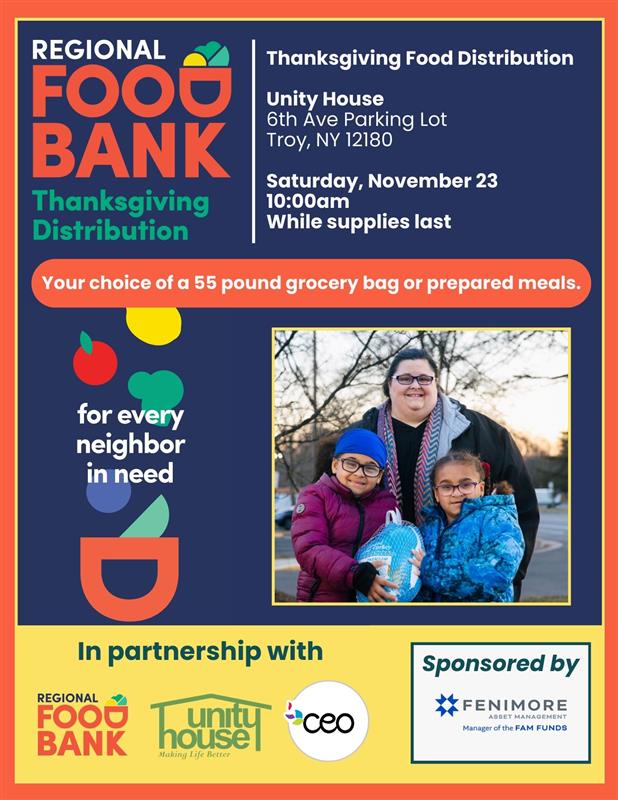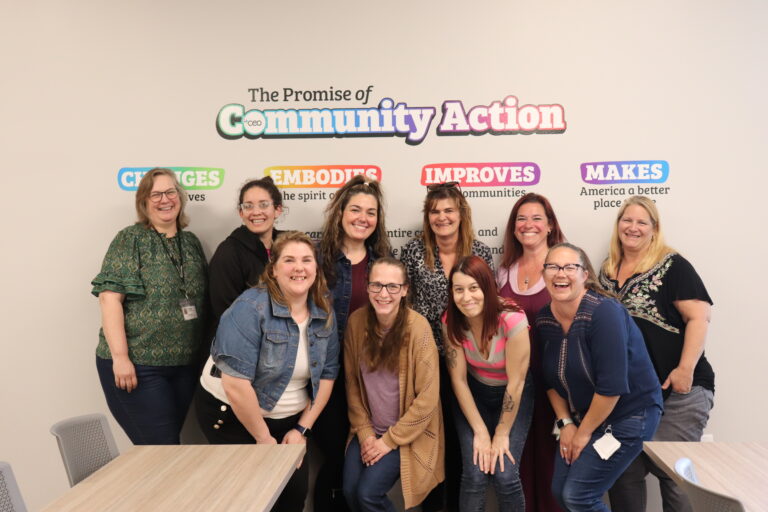
News
What’s New at CEO


Interview with Casey Caldwell | LFRC Center Manager and former Head Start Teacher

Community Action Day- May 14th, 2025

Governor Hochul Visits CEO

Q&A with a CEO Intern, Sabrina Kaplan

2024 Thanksgiving Food Packages

Upcoming Events at the CRC Bridge

Mom Starts Here Baby Shop Closet

Upcoming Events at the Bridge- July 2024

Reflections on ECS Leadership Group Year Three

May Upcoming Events at the Bridge

ValleyCats Picnic Fundraiser
No results found.
